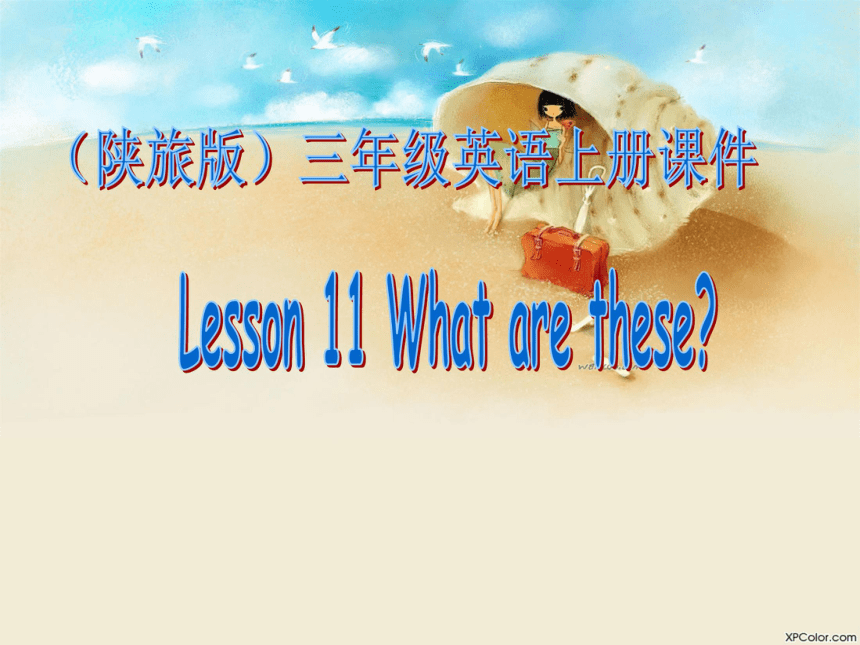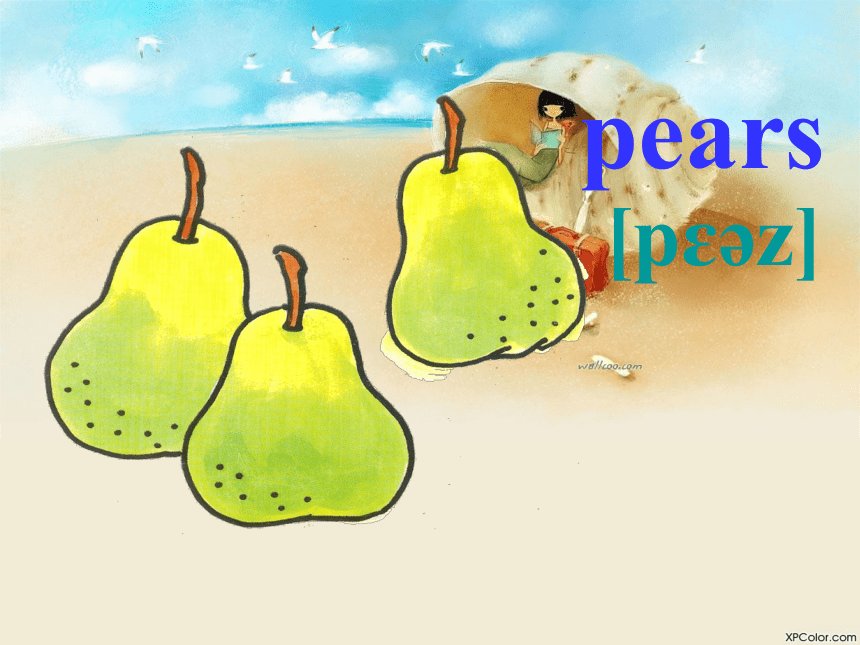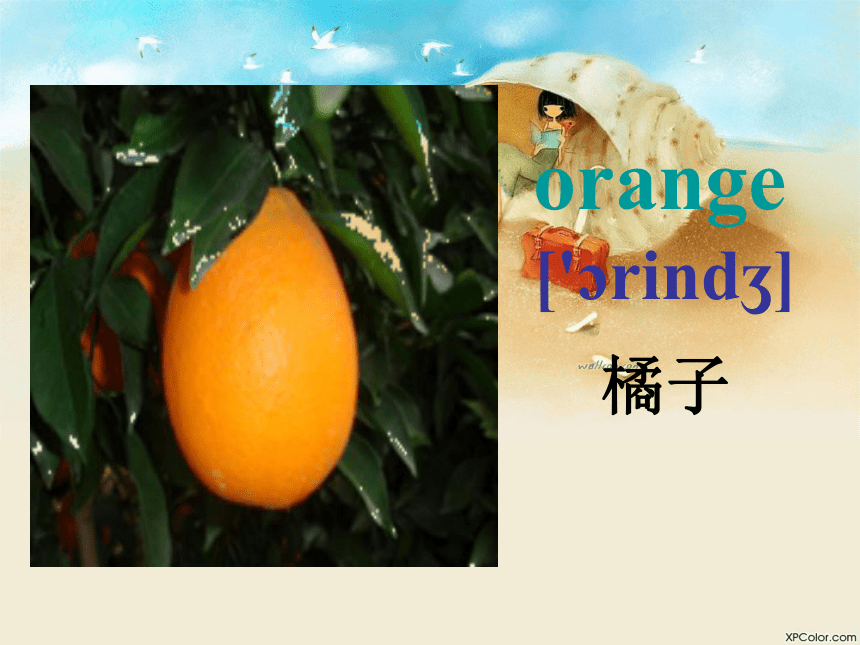三年级英语上册 Lesson11 What are these 下载 课件(陕旅版)
文档属性
| 名称 | 三年级英语上册 Lesson11 What are these 下载 课件(陕旅版) |  | |
| 格式 | zip | ||
| 文件大小 | 3.7MB | ||
| 资源类型 | 教案 | ||
| 版本资源 | 教科版 | ||
| 科目 | 英语 | ||
| 更新时间 | 2012-09-09 09:43:21 | ||
图片预览









文档简介
(共27张PPT)
strawberry
['str :b ri]
草莓
strawberries
['str :b riz]
草莓
cherry
['t eri]
樱桃
['t eriz]
cherries
樱桃
[p ]
pear
梨
pears
[p z]
orange
[' rind ]
橘子
oranges
[' rind z]
橘子
peach
[pi:t ]
桃子
peaches
[pi:t iz]
mango
['m g u]
芒果
mangoes
['m g uz]
grape
[greip]
葡萄
grapes
[greips]
葡萄
pineapple
['pain pl]
菠萝
pineapples
['pain plz]
菠萝
fruit
[fru:t]
水果
一、绝大多数的可数名词的复数形式,是在该词末尾加上后辍-s。 读音变化:结尾是清辅音读[s],结尾是浊辅音或元音读[z]。 例:
friend→friends; cat→cats; style→styles; sport→sports; piece→pieces
二、凡是以s、z、x、ch、sh结尾的词,在该词末尾加上后辍-es构成复数。
读音变化:统一加读[iz]。
例:bus→buses; quiz→quizzes; fox→foxes; match→matches; flash→flashes
三、以辅音字母+y结尾的名词,将y改变为i,再加-es。
读音变化:加读[z]。
例:candy→candies; daisy→daisies; fairy→fairies; lady→ladies; story→stories
四、以-o结尾的名词,如果不是外来词或缩写,就加-es,否则加-s构成复数。 读音变化:加读[z]。 例:
Tomato → tomatoes; potato → potatoes; torpedo → torpedoes; bingo → bingos 反例:
silo→ silos; piano→ pianos外来词); photo → photos; macro→ macros(缩写词)
What are these
They’re pears.
Oh.
Are these peaches
No, they aren’t.
They’re oranges.
Yum!
Are these grapes
Yes, they are.
yes
strawberry
['str :b ri]
草莓
strawberries
['str :b riz]
草莓
cherry
['t eri]
樱桃
['t eriz]
cherries
樱桃
[p ]
pear
梨
pears
[p z]
orange
[' rind ]
橘子
oranges
[' rind z]
橘子
peach
[pi:t ]
桃子
peaches
[pi:t iz]
mango
['m g u]
芒果
mangoes
['m g uz]
grape
[greip]
葡萄
grapes
[greips]
葡萄
pineapple
['pain pl]
菠萝
pineapples
['pain plz]
菠萝
fruit
[fru:t]
水果
一、绝大多数的可数名词的复数形式,是在该词末尾加上后辍-s。 读音变化:结尾是清辅音读[s],结尾是浊辅音或元音读[z]。 例:
friend→friends; cat→cats; style→styles; sport→sports; piece→pieces
二、凡是以s、z、x、ch、sh结尾的词,在该词末尾加上后辍-es构成复数。
读音变化:统一加读[iz]。
例:bus→buses; quiz→quizzes; fox→foxes; match→matches; flash→flashes
三、以辅音字母+y结尾的名词,将y改变为i,再加-es。
读音变化:加读[z]。
例:candy→candies; daisy→daisies; fairy→fairies; lady→ladies; story→stories
四、以-o结尾的名词,如果不是外来词或缩写,就加-es,否则加-s构成复数。 读音变化:加读[z]。 例:
Tomato → tomatoes; potato → potatoes; torpedo → torpedoes; bingo → bingos 反例:
silo→ silos; piano→ pianos外来词); photo → photos; macro→ macros(缩写词)
What are these
They’re pears.
Oh.
Are these peaches
No, they aren’t.
They’re oranges.
Yum!
Are these grapes
Yes, they are.
yes
